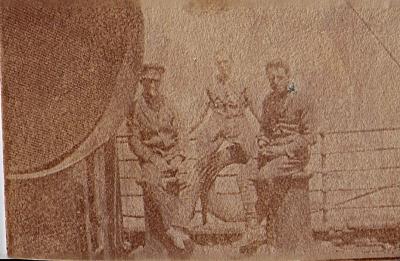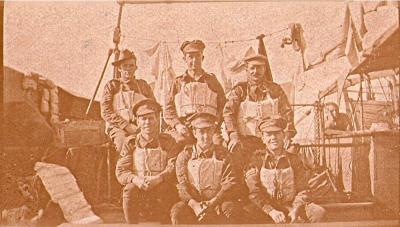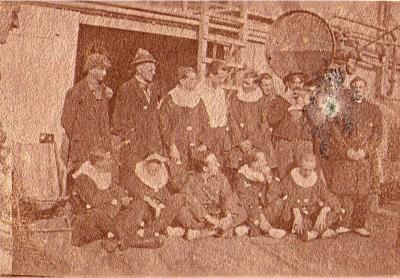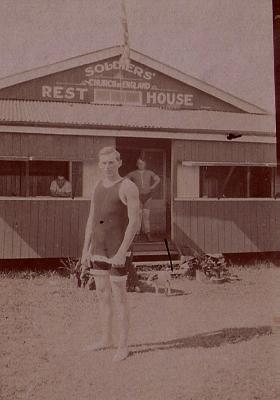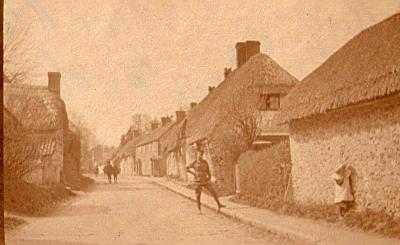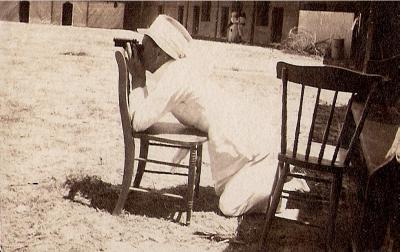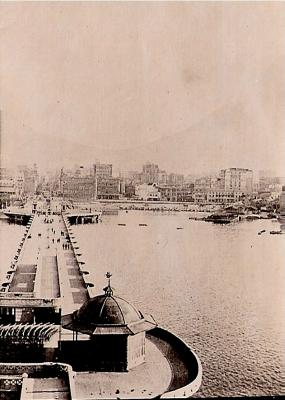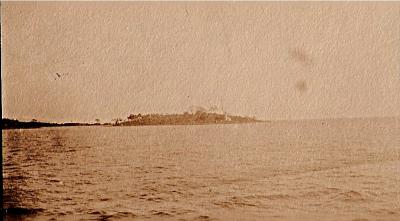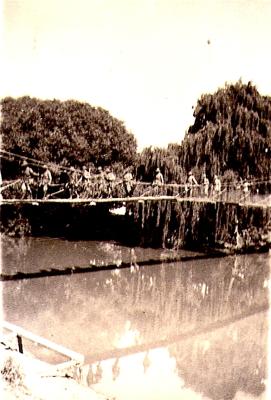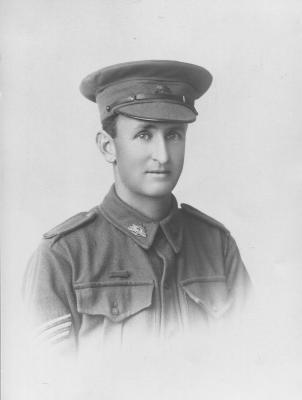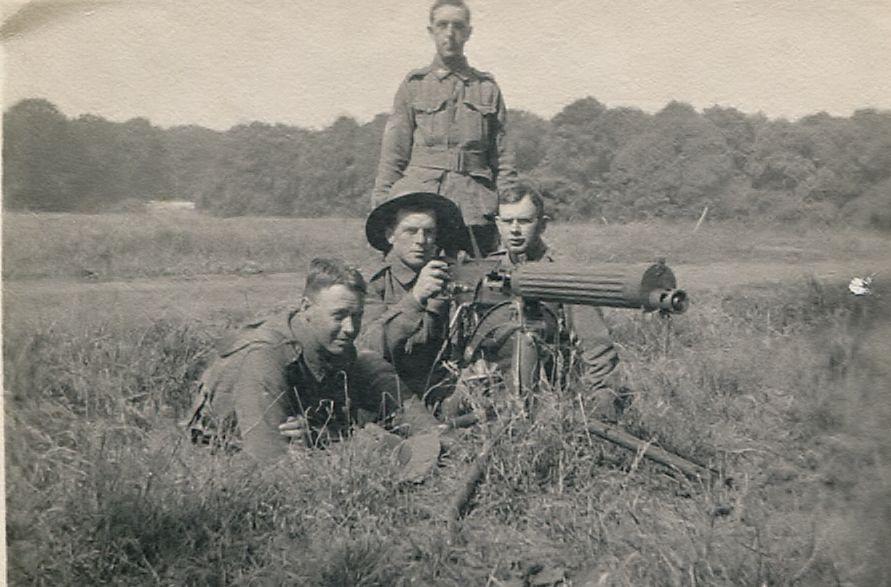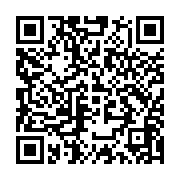World War 1, Europe, England, Belton Park, Machine Gun Training Depot. 1917
1917Machine gun training at Belton Park Army Machine Gun Training Depot
Despite the popular belief that the war would be over by Christmas, Field Marshal Kitchener, Britain’s new Secretary of State for War, predicted long, drawn out hostilities, and that the British Army would need more men. Almost 2.5 million men volunteered to join Kitchener’s New Army, and the government realised that they didn’t have the infrastructure to house and train them all. Schools and warehouses were requisitioned and locations for new, temporary training camps were sought.
It came as no surprise when Adelbert, 3rd Earl Brownlow, donated the use of his estates at both Belton and Ashridge to the War Office soon after war was declared. As a Privy Counsellor (from 1887), Under-Secretary of State for War (1889-1892) Adelbert had seen the need for a strong army and good training through British involvement in the Boxer Rebellion and the Second Boer War.
From September 1914, bell tents were erected within Belton Park for the temporary accommodation of thousands of soldiers. By April 1915 however, a small town had been built for around 20,000 men of Kitchener’s Army, a military base hospital, churches, YMCA huts, a cinema and its own railway line. New electricity, water and sewerage services were provided and, in a change from the traditional design, each regimental line had separate barracks, latrines, wash houses and mess huts. By late spring 1915, the recruits of the 11th (Northern) Division were judged ready and during June and July the division left Grantham and set sail for Gallipoli.
Belton Park Camp then became the base depot and headquarters of the war raised Machine Gun Corps from October 1915, closing in 1922. The Machine Gun Corps (MGC) was created by Royal Warrant on 14 October 1915, The Base Depot and HQ in England were established at Belton Park and Harrowby. There were several ‘schools’ at Belton Park, from the Machine Gun Corps to Signalling and a Cooks School. Between 1915 and 1922 around 170,500 officers and men served with the MGC, each man spending
Details
Details
The YMCA was founded in 1844 during the Industrial Revolution in England, a time of great despair and poverty. George Williams, a drapery merchant, decided that something had to be done. He gathered together a few friends to form a society that met regularly to support each other and gain renewed strength in body, mind and spirit. The group called itself the Young Men's Christian Association (YMCA).
The official opening of the YMCA association in Western Australia, based in the Eastern Goldfields was in 1902. Perth soon followed suit with its first association official formed in 1908, after receiving a donation of land on Murray Street in the city. Throughout its history YMCA Perth has held a focus on working with young people through activities such as sports, camps, arts, leadership programs and services such youth work and youth hostels. From 1914-1918, YMCA Perth provided services in a peacetime military camp and for armed services in Australia and war fronts. During the depression YMCA Perth helped in the sustenance of workers, held classes for unemployed young people and provided an employment bureau. From 1940-1945, YMCA Perth staff and volunteers help servicemen and women in war, and from 1946-1961 continue to proved service to peacetime armed services and trainees.
Open in Google Maps
Nearest geotagged records:
Australian Army Museum of Western Australia
Australian Army Museum of Western Australia
Other items from Australian Army Museum of Western Australia
- World War 1, Europe, 1915
- World War 1, Europe, 1915
- World War 1, Europe, 1915
- World War 1, Europe, 1917
- World War 1, Europe, 1917
- World War 1, Australia Western Australia, 1914
- World War 1, Africa, South Africa, Capetown, 1914
- World War 1, Africa Sierra Leone, 1914
- World War 1, Australia, 1914
- World War 1, Australia Australian Capital Territory Canberra , 1914
- World War 1, Europe, 1917
- World War 1, Europe, 51 Battalion, 3463 BAILEY, 1916
